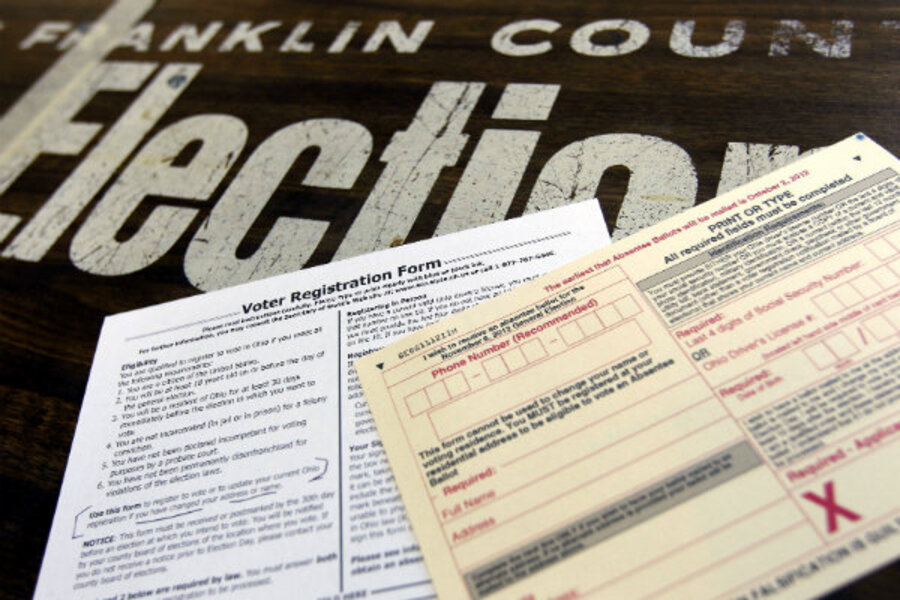How new tech is helping Americans vote
Loading...
When President Barack Obama was first elected in 2008, only two states offered a website where citizens could register to vote.
By the 2016 presidential election, it's possible that a majority of states will offer that service, helping to cut down on errors resulting from bad handwriting and reducing time spent by voters in line on Election Day, according to data released Wednesday by the Pew Charitable Trusts.
The nonpartisan public policy group says states have spent an average of $249,000 to build and implement new online voter registration systems. But states also are recouping costs because clerks don't have to process paper registrations.
Here's a look at what's changed since the last U.S. presidential election:
— Arizona and Washington were the only states that offered online voter registration in 2008. Now 20 states do, and seven others have passed or are considering laws that would authorize a new online registration system.
— Five states now allow citizens without a state identification or driver's license to register to vote online: California, Delaware, Minnesota, Missouri, and Virginia.
— Several states are tweaking their registration sites with smartphones in mind, offering mobile friendly features.
— States are analyzing that data. Colorado, for example, notes the number of new registrations in a certain time period and updates to old ones. That can help states identify trends in voter registration.
— States are doing more to accommodate citizens who struggle with English or have disabilities. One example of those efforts is text-to-speech software for blind people.
Online registration has changed dramatically since 2008, but the U.S. is likely a long way from letting people vote online because of security concerns. When the District of Columbia experimented with an online voting system in 2010, hackers broke in and changed votes to go to fictional characters.
___
Online: http://www.pewtrusts.org/en/research-and-analysis/issue-briefs/2015/05/online-voter-registration







